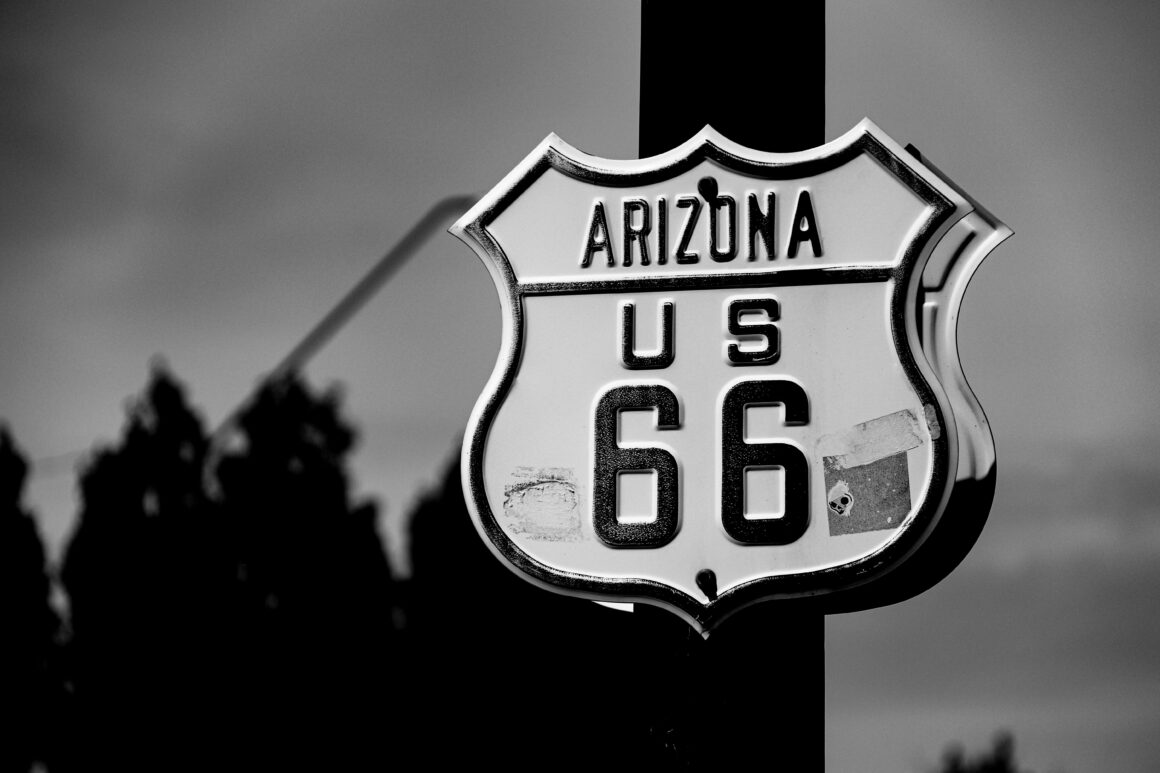On Oct. 19, 2017, I received a truly horrifying text message from my younger sister, Pandora, a freshman at my high school in suburban Pennsylvania. The message contained photographs of a student wearing a Confederate flag as a cape as he walked through our school’s hallway and cafeteria. Disgusted by this incident, my sister asked me, hopefully, if this was an isolated occurrence at her new school. Ashamed for my school, I had to tell her how frequently I had seen the Confederate flag at school.
I find the extent to with which I see the Confederate flag at my school astonishing, even though we are located in Pennsylvania, one of the first states to abolish slavery in 1780, and a staunch supporter of the Union in the Civil War, home to one of the most significant battles in defense of that Union. Nevertheless, I have been subjected to an endless barrage of dubious arguments suggesting that somehow the battle flag of the Confederate Army of Virginia represents our “heritage” or “culture.”

What “heritage” is being celebrated by students if not a heritage of racial oppression?
Throughout history, each time the Confederate battle flag has made a resurgence—KKK rallies in the 1920s, the Dixiecrats in the 1950s, very recently—it has accompanied a massive unleashing of white anger. In fact, an Alabama news outlet reported that Confederate flag sales surged in the weeks following the Charlottesville rally. There seems to be a lot of racial antagonism attached to this symbol of “heritage” and “culture.” Just last week on November 20, I witnessed a student flaunting a tee shirt with the Confederate flag above the words “Confederate Lives Matter.” The explicit reference to the “Black Lives Matter” movement raises the question: Are we celebrating heritage or promoting intolerance?
While our high school does have a policy against wearing a swastika, there is no official policy against wearing a Confederate Flag. This is quite plainly a distinction without a difference, except for one: after the Holocaust, German society has taken responsibility for the deaths of 6 million Jews and others, whereas the United States cannot say the same of its relationship with slavery and African Americans. Despite slavery’s abolition nearly a century before the end of the Holocaust, US society has failed to establish the Confederate Flag as a universal symbol of hatred. Even if the Confederate Flag were more than a symbol of hate and racism, and actually a symbol of “Southern Pride,” there is no logical explanation—apart from racial prejudice—that teenagers in Pennsylvania would want to display it.
To offer an explanation of the District’s position, our principal, Dr. Kate Kieres, cites the United States Supreme Court case, Tinker v. Des Moines which “established that rights are not shed at the schoolhouse gate…unless the speech creates a substantial disruption to the learning environment.” But she allows that “draping…or displaying” the flag is a “disruption.”
District Superintendent, Dr. Michael Schilder, agrees. “A student bringing the flag is different from wearing it… it has no place here… it’s not educational,” he said. He explains that “a t-shirt… with the Confederate flag” is protected speech, but if a student were to flaunt the t-shirt at an African-American student, for example, the school would have the responsibility to say, ‘no more.’”
AP Government and Politics teacher, John Gallagher, asserts that in Hazelwood School District v. Kuhlmeier, the Supreme Court ruled that school administrators can limit student expression for pedagogical concerns, but Kieres notes that students and faculty must report these disruptions so the administration can address them, suggesting that “to hear something and not stop it sends a very strong message.”
“Every individual student who feels like you do and like I do has to do their part,” said Schilder. To that end, he recommends talking about any incident of intolerance, making it clear that it is not acceptable, not by fighting, but by keeping the “conversation alive,” even if it’s in a math class.

“It has to be proved intolerable,” Schilder said.
Yet, polls reveal Americans clearly divided about the Confederate flag, and changing minds proves harder than what he suggests. Gallup reported in 2015 that 54% of Americans still viewed the flag primarily as “a symbol of Southern pride,” down from 71% in 1992. However, a similar poll by CNN went beyond these numbers, reporting that while 66% of white Americans viewed the flag as a symbol of pride, only 17% of African Americans shared that view. Alternatively, the poll revealed that 77% of African Americans equated the flag with racism, while only 25% of whites agreed. This disagreement in the true meaning of this flag simply does not account for the flag’s aforementioned resurgence throughout history in anti-African American movements such as the Ku Klux Klan (KKK) and Dixiecrats.
Given this disparity in belief, public schools must determine how best to create a safe and supportive educational environment for all students. Without a safe space to discuss the appearance of this symbol and others like it, teenagers will shout over one another until no one’s opinion is truly heard.
When asked which right he deems more crucial and more constitutionally sound, protecting students’ free speech or protecting students who may feel intimidated by the Confederate flag, Gallagher stated, “The latter, most definitely the latter. I am not a southerner, so I can’t truly understand what it’s like to be proud [of the Confederate flag]….It doesn’t represent something positive about the South. It promotes treason.”
Treason indeed. Just a short walk from the high school, between 3rd and 4th on North St., is a small patch of grass with a stone monument holding a copper-colored plaque. On it are the names of some of the East Penn residents who served in the Union Army, including the entire Emmaus and Macungie bands.
On Aug. 30 1861, Tilghman H. Reinsmith, an aspiring Emmaus cabinetmaker, just eighteen, enlisted as a private in the 47th Pennsylvania Infantry, Company B. Over the next four years, Tilghman served in Washington, DC; Virginia; Florida; and South Carolina. During the Red River Campaign in Louisiana, Tilghman was injured in battle and promoted to Corporal. After the war, he returned to Emmaus, opened a cabinetmaking shop, and eventually founded one of Emmaus’ most respected funeral homes, which still serves our community today. Tilghman risked his life in a war that would end slavery and bring freedom to millions of African Americans.
Why can’t we, as a community, take pride in that heritage?
Photo: The Southern




